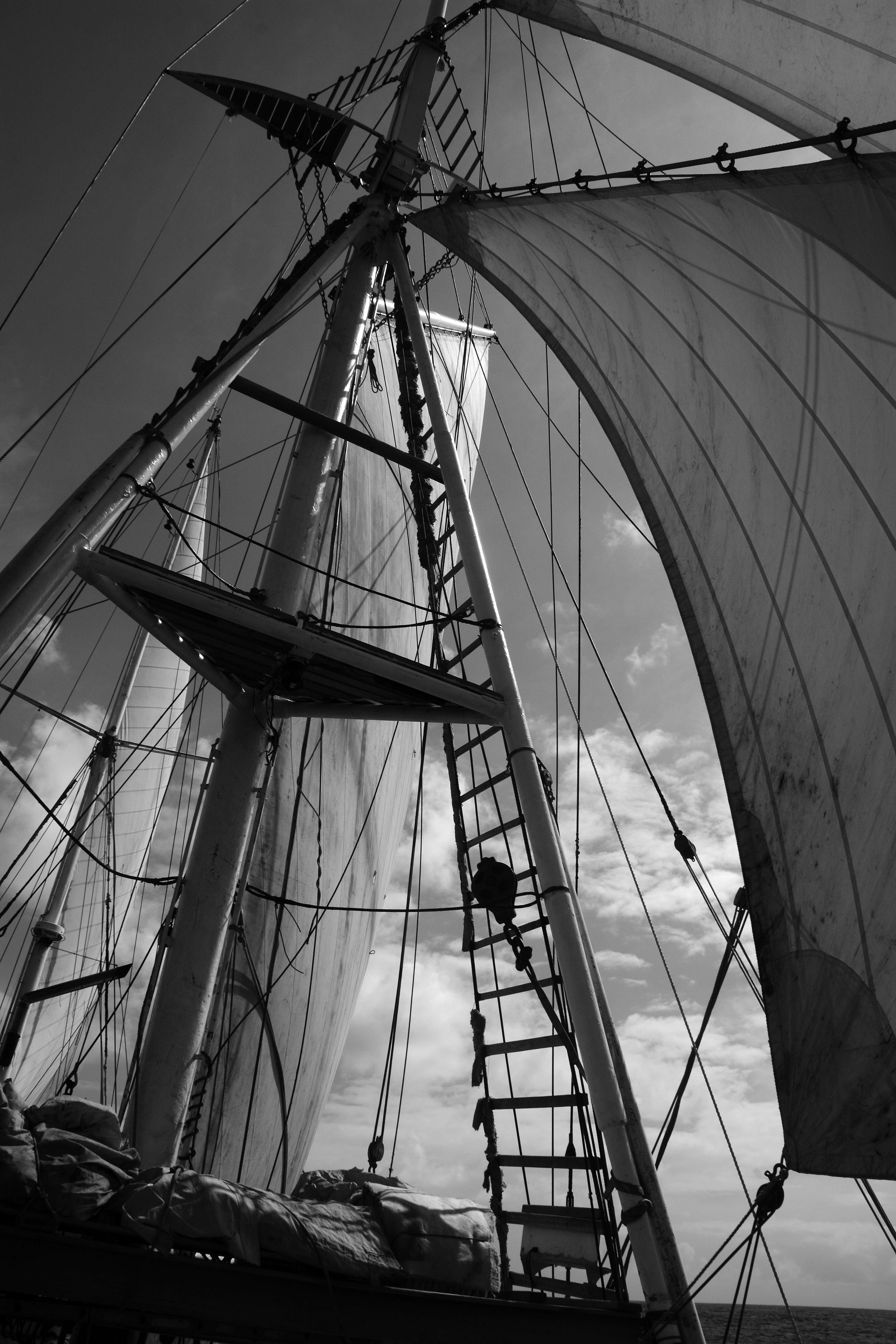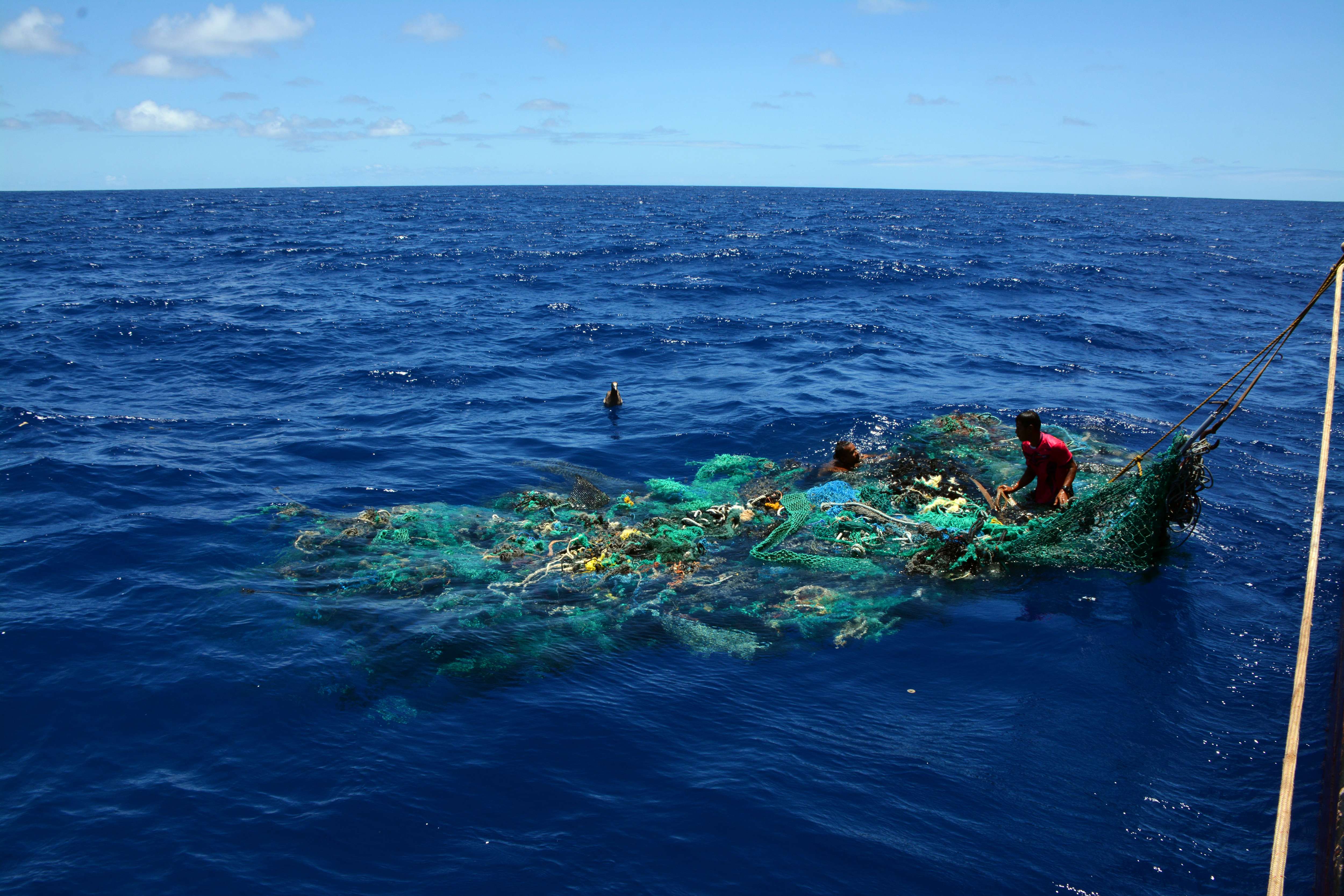Dear old blog, I’m back. I’ve missed you! A lot has been going on since I last posted. Well, maybe not a lot, but at least some interesting things came and went since January. For this post I’ll start with the most notable and catch up with other tidbits in other entries.
This Summer Ocean Voyages Institute asked me to be their primary drone operator for their ghost net clean-up voyage in the North Pacific Gyre, also commonly called the Great Pacific Garbage Patch. The mission took place aboard the Sailing Vessel Kwai. Please watch the video at the end of this post for a better visual description of the project and check out this link, Ocean Plastics for more technical details.

The Kwai is a motor sailor, which makes it perfect for such a project. Her sails would allow us to use much less fuel than a traditional diesel powered vessel thereby lessening our carbon footprint. The ghost net mission lasted 25 days and approximately 2800 nautical miles during which time we collected nearly 40 tons of ghost nets, plastics and other marine debris.

Contrary to popular belief, the Great Pacific Garbage Patch is not an actual “island” of plastics spinning in the middle of the gyre. The marine debris is widely dispersed within the gyre and can be affected by wind, current and localized storms. As we sailed through the gyre we would pass through areas where plastic bits and pieces passed by every few seconds. We would also find the large entangled masses of lines, nets and other debris which the waves had turned into floating conglomerates. The largest mass we pulled out weighed around 5 tons. We also traveled many miles without seeing any marine debris.

There were three primary ways in which we found marine debris. The first was locating trackers that were already attached to the nets. How did they get there? Ocean Voyages Institute (OVI) gave custom satellite trackers to various ships that were going to travel through the gyre with instructions to attach the trackers to any large masses of ghost nets. We tracked down and found around 18 of these. Since marine debris tends to congregate in currents, we would then send up the drones to search for more debris in the area, guiding the ship to other masses of debris. But, in all honesty, the crew of the Kwai were just as good if not better at times, of spotting debris while searching the sea from the crows nest.
Here is the video of the mission created by Ocean Voyages Institute:
Here is a fun aerial video I made of the Kwai under sail:

Welcome back! 40 tons is a lot! Thanks for doing this!!!
LikeLiked by 1 person
Thanks! It was more than I expected. Pretty efficient way to locate and collect the junk. I hope to be a part of it again next year.
LikeLiked by 1 person
I really like your site. Thanks so much for finding my post.
LikeLike